May 24, 2025 | 10:12 GMT +7
May 24, 2025 | 10:12 GMT +7
Hotline: 0913.378.918
May 24, 2025 | 10:12 GMT +7
Hotline: 0913.378.918
Dr. Tran Ngoc Thach, director of the Mekong Delta Rice Research Institute (MDRRI), discussed the future of rice and rice plants with Vietnam Agriculture News.

Dr. Tran Ngoc Thach, director of the Mekong Delta Rice Research Institute (MDRRI). Photo: Huu Duc.
MDRRI conducts demonstrations of new rice varieties and offers seminars to analyze rice varieties, choose new ones with outstanding traits, and contribute to the region's production system. How does the Rice Institute verify potential new rice varieties starting with the Winter-Spring crop (2021-2022)?
Reviewing the previous time, the Institute discovered and introduced a number of rice varieties. By the winter-spring rice crop of 2021-2022, the unit pilot planted over 30 rice varieties, which were taken to seminars and exhibits to introduce the public to new future rice varieties.
However, in the last two years, since the Law on Crop Production has included new regulations guiding the execution of the Ordinance on Plant Variations, including rice varieties, the Institute's research program has shifted its attention to a group of high-quality cultivars. Currently, the Rice Institute is focused on research, categorizing rice varieties into four groups based on their quality, such as super-premium rice, white, long, fragrant high quality rice, the high-quality seed for export, the high yielding group with medium quality, and very high yield, and specialty group including sticky rice varieties, Japonica, colored rice group (nutrition).
The unit expects that time segments for growth will vary amongst groups. The requirements for pest resistance are inferred since the new Cultivation Law must assure compliance with this criterion, there are always control rice varieties attached for comparison. Recently, besides the premium aromatic rice including delicacies such as ST, Nang Hoa 9, the group of common rice varieties namely OM5451, OM4900, and new varieties OM18 have been put into cultivation on a large scale by farmers.
Additionally, the new regulation altered the manner in which varieties are transferred. Some new cultivars are still awaiting commercial introduction. The new varieties for transferring activities into production demand a high level of process adherence. Before new varieties may be commercialized, they must be legally acknowledged for circulation.
After identifying the weakness that affects the agricultural economy's success or failure, what is your opinion on the construction of a system for coordinating seed production and business?
The Rice Institute has been reestablished and now conducts a scientific study in conjunction with practice. Previously, the Rice Institute studied several rice varieties but discovered that their practicality accounted for just a small portion. There are differences between then and today, most notably the State's expenditure on seed research is less than it was before. Second, there is a considerable range of non-budget investment sources. However, even if the study findings are outstanding, the breed does not exist in reality and hence has no value or purpose. As a result, the Institute's research efforts must be grounded in practice.
Over the duration of its work with rice producers and businesses, seed producers, and farmers, the Institute has learned several lessons from experience. For instance, for a long period of time, research on rice varieties placed minimal emphasis on the recovery rate. Later, the study findings revealed that, in addition to scientific criteria, it is required to include rice recovery criteria.
Rice variety selection is a very competitive process. Previously, the Institute's rice research activities were in a sort of "monopoly" or it can combine with other units, including Can Tho University, the Southern Institute of Agricultural Sciences, and the Dong Thap Muoi Center. However, new firms like the Loc Troi Group and Ho Quang Enterprise are now involved in seed research. As a consequence, the Rice Institute must constantly upgrade and worked to meet new requirements from practice to achieve better research results.
However, market requirements are also concerned with specific characteristics of rice, such as the criteria for rice variety selection for rice grain quality, and the aesthetic appearance of rice must be white and clear, which necessitates researchers selecting varieties to document and correct weaknesses.
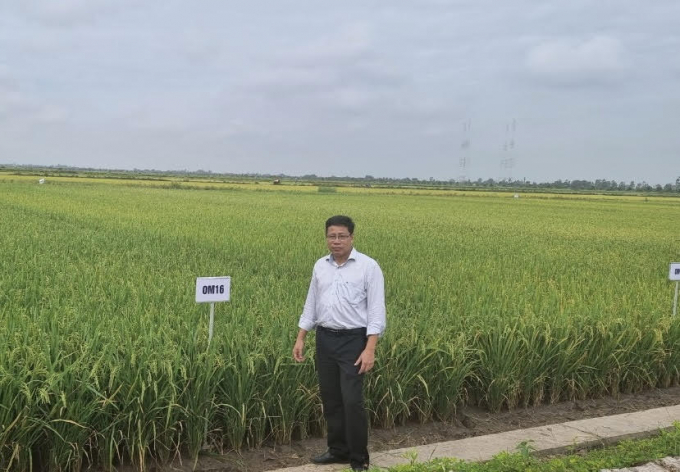
Dr. Tran Ngoc Thach on the field of MDRRI. Photo: Huu Duc.
Seeding is the first critical step in the cultivation process since it determines the output and yield. What is your new perspective on rice seed research in the new stage?
The Rice Institute combines research, selection, and breeding with practice, focusing on the unique requirements of each market area. The Institute has paid scant attention to its agricultural system and internal resource exploitation in recent years.
However, the Rice Institute has recognized that it is vital to overcome obstacles as a result of lessons acquired through the Ho Quang enterprise's research and development of ST rice varieties.
The Rice Institute has introduced the delicious rice variety OM8. Alternatively, the rice variety DS1 (Japonica) must be transported from the north, since the Institute already has an excellent OM46 variety with exceptional yield... Although the Institute is behind schedule, it needs to know how to seize the lead in each rice sector, including the optimal growing season for each location...
Breeding research has opened a new phase. The outlook for Vietnam's rice industry is quite optimistic. Our nation has a strong seed supply and technology... to guarantee that it complies with production practice criteria. As a result, it is vital to continue improving the quality of rice grains, nutritional quality, and research on pests and diseases – resistance capacities, tolerance to bad weather conditions such as drought, alum, and salt, among others.
Rice has the greatest competitive advantage in the Mekong Delta when compared to other crops. The average rice output is presently above 6 tons/ha, which is more than the norm for rice-producing nations such as Thailand and India, indicating that it is the most competitive in terms of pricing. However, the rice industry's future must still be formed and adapted to the planning of production zones. It is essential to define which locations are capable of promoting intensive farming, where to build rotational or extended rice-shrimp farming to maximize their benefits, and which areas offer the prerequisites for organic rice growing...
Many thanks, Sir!
The Mekong Delta Rice Research Institute conducts research on wild rice types that survive in salty environments
Recently, the MDRRI revealed that it is increasing its study on wild rice varieties in saline regions as part of a research effort in order to achieve a breakthrough in developing rice varieties that are resistant to salt and climate change.
Currently, the Vietnam Academy of Agricultural Sciences' Center for Plant Resources houses the gene bank for plants, including rice. The Rice Institute alone keeps between 3,000 and 4,000 types of rice, as well as a number of potential novel varieties that will be developed in the future. Currently, the Rice Institute is attempting to leverage existing conditions in order to conduct research and hybridization activities aimed at developing new rice varieties with the highest resistance to pests and diseases and the highest rice quality in order to meet the practical needs of the rice industry.
Translated by Linh Linh
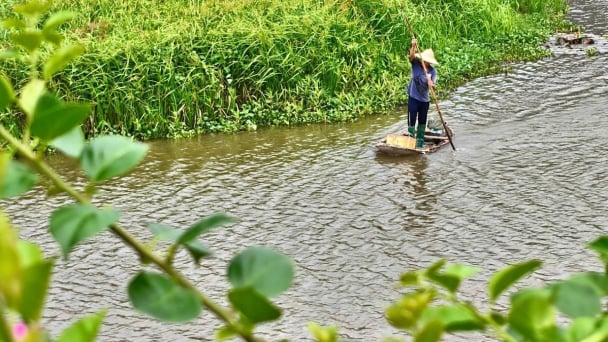
(VAN) In the tranquil wetlands of Van Long, there are quiet souls who guard the forests, nurture the waters, and oversee every bird and troop of langurs as protecting the essence of a living heritage.
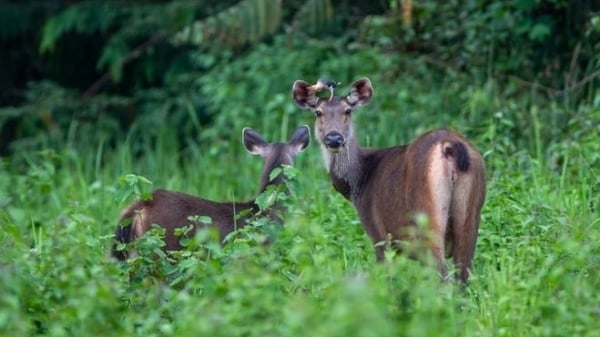
(VAN) WWF, GIZ, IUCN, UNDP call for biodiversity conservation and sustainable development must be regarded as a unity in strategies for a green future.
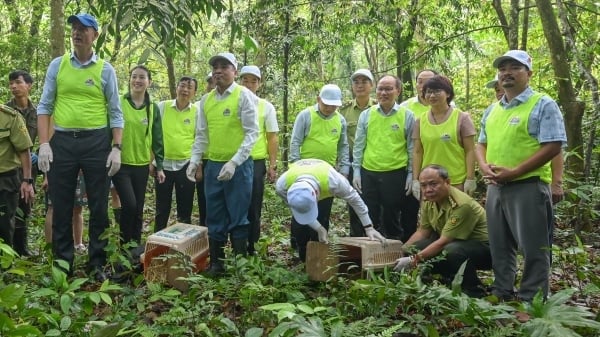
(VAN) On celebration of International Day for Biological Diversity, Deputy Minister Nguyen Quoc Tri called for practical actions to address nature and biodiversity conservation.
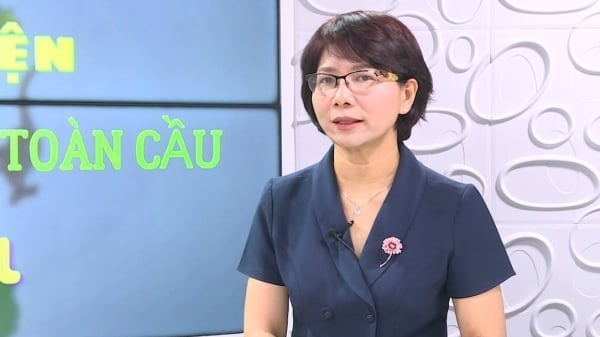
(VAN) Dr. Hoang Thi Thanh Nhan – Deputy Director of the Nature and Biodiversity Conservation Agency – highlighted this on the International Day for Biological Diversity, May 22, 2025.
![Ho Chi Minh city adapts to climate change: [2] Accelerating action](https://t.ex-cdn.com/nongnghiepmoitruong.vn/608w/files/chiqk/2025/05/22/4024-4220-bien-doi-khi-hau-1-100626_766.jpg)
(VAN) Clearly recognizing the challenges posed by climate change, Ho Chi Minh city has swiftly shaped its policies and implemented practical solutions to adapt.
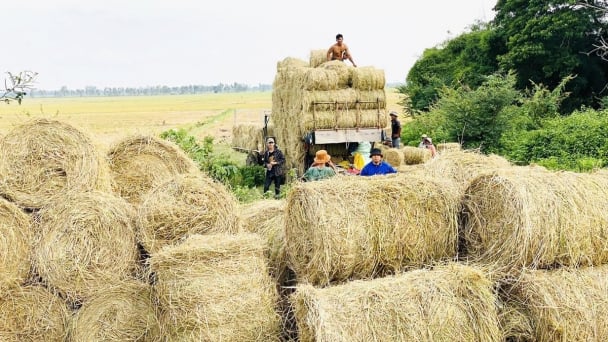
(VAN) Rice straw is no longer just a discarded byproduct, but it is becoming a green resource that helps farmers in the Mekong Delta reduce emissions and promote circular, sustainable agriculture.
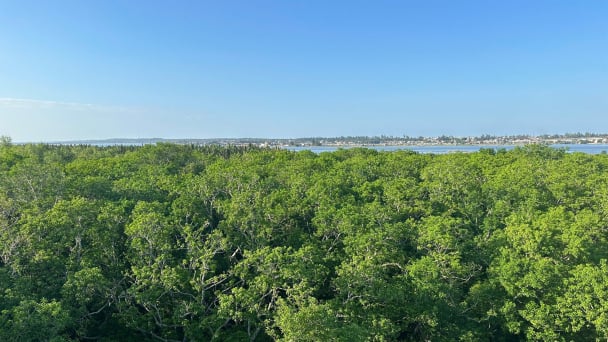
(VAN) Other Effective Area-based Conservation Measures (OECMs) are solutions that contribute effectively to achieving the goals of the Kunming–Montreal Global Biodiversity Framework.